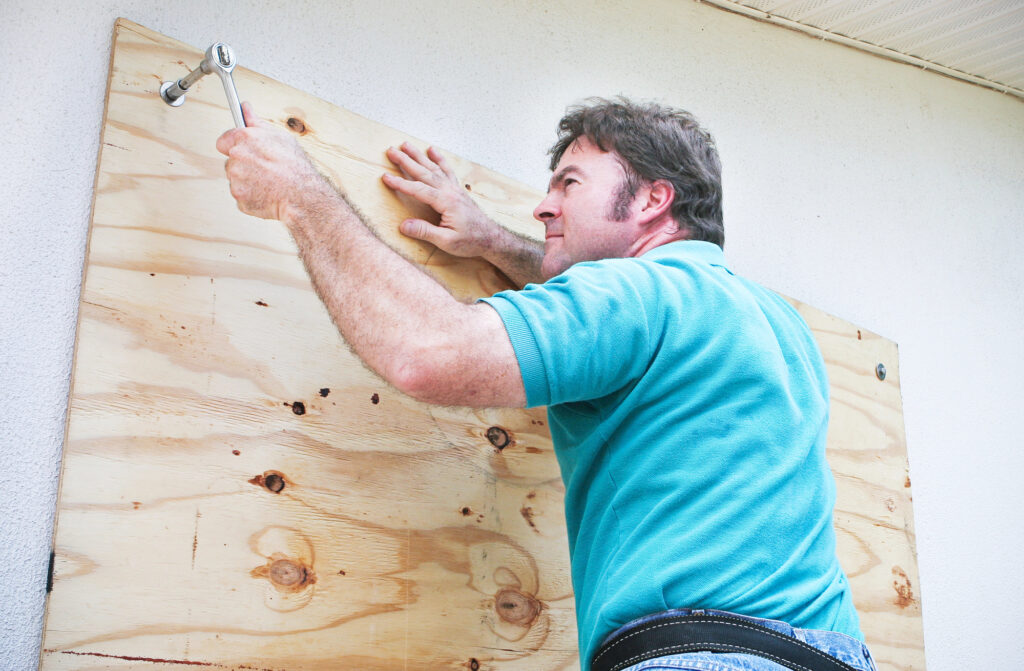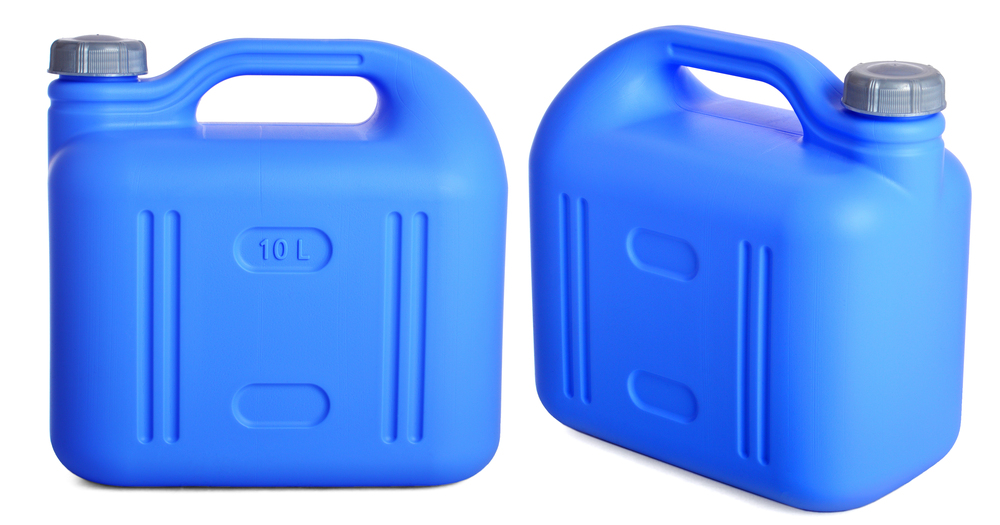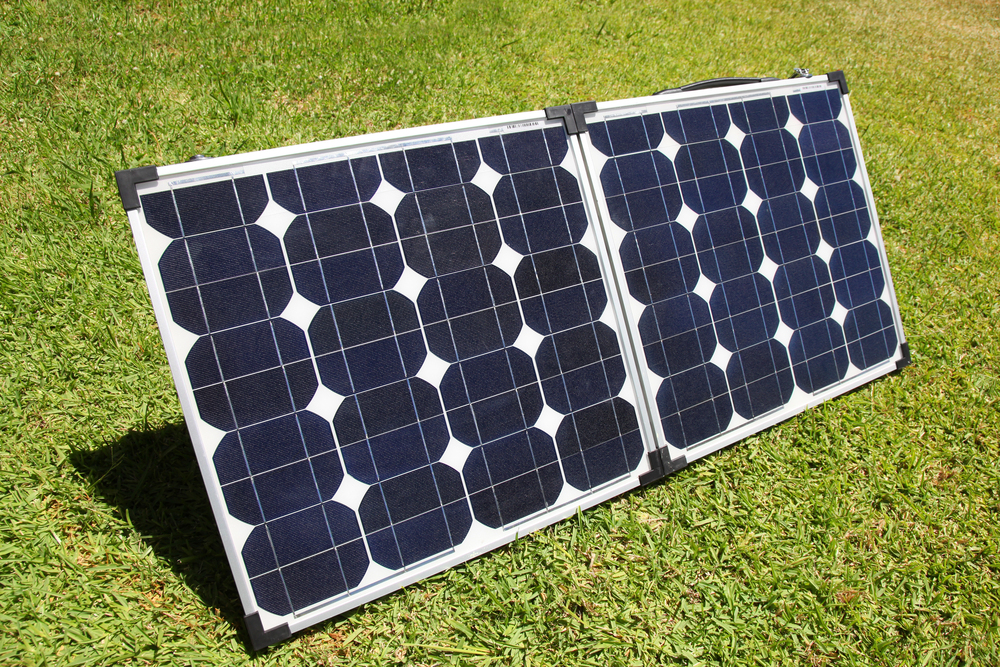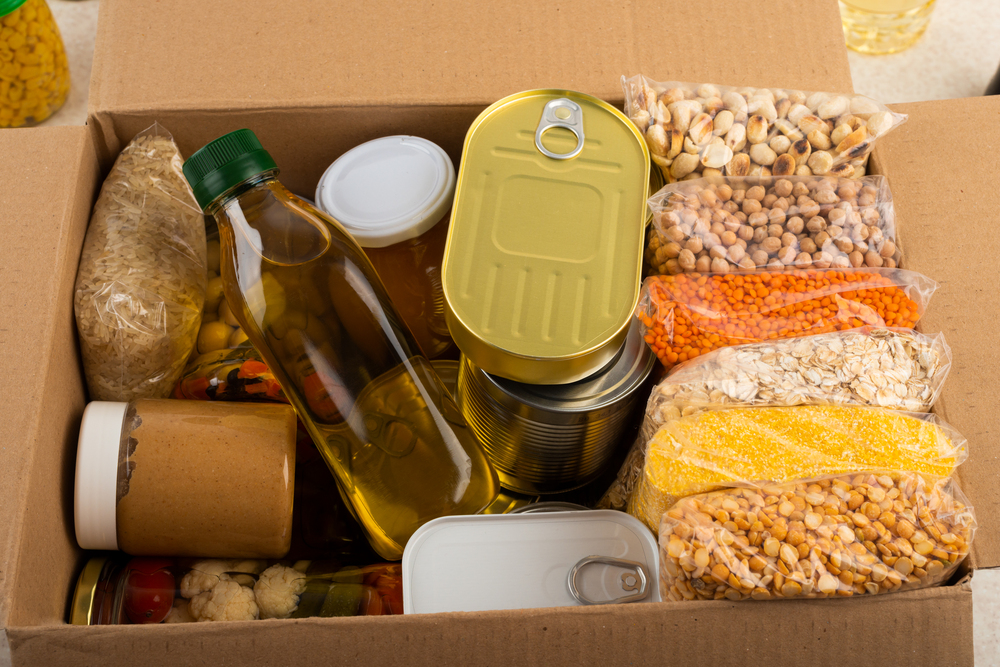If/when the worst happens, and things in our country really fall apart, we’re all hoping to bug in. Bugging in, for those new to prepping, means staying put in our homes. Bugging out means fleeing, leaving, etc., because home is no longer safe.
Nobody wants to have to leave their home behind. At that point, travel would be increasingly dangerous. Law and order would break down very quickly, and in a very serious SHTF scenario, with a widespread grid collapse or civil war, people would quickly become starving and desperate. And then, there are always those thugs who rob and murder because they enjoy it, and who will take advantage of the breakdown of law and order.
So staying home is always going to be the safest option if at all possible.
In order to make it more likely that you and your family can bug in as safely as possible, you’re going to want to prep your home for long-term survival. And that starts with a full assessment of where you are right now in terms of safety, location and supplies.
Location
Let’s start with where you live. You know the old saying, real estate is all about ‘location, location, location’.
That’s because you can change a lot of things about a house, you can make improvements, build on additions, et cetera, but none of that will matter if you’re in an undesirable location.
For some people, an undesirable location means an unsafe neighborhood. For other people, an undesirable location means that the house is too far from work, or it’s an area with sub-par schools, or the climate isn’t to their liking.
When it comes to bugging out, location takes on an entirely different meaning.
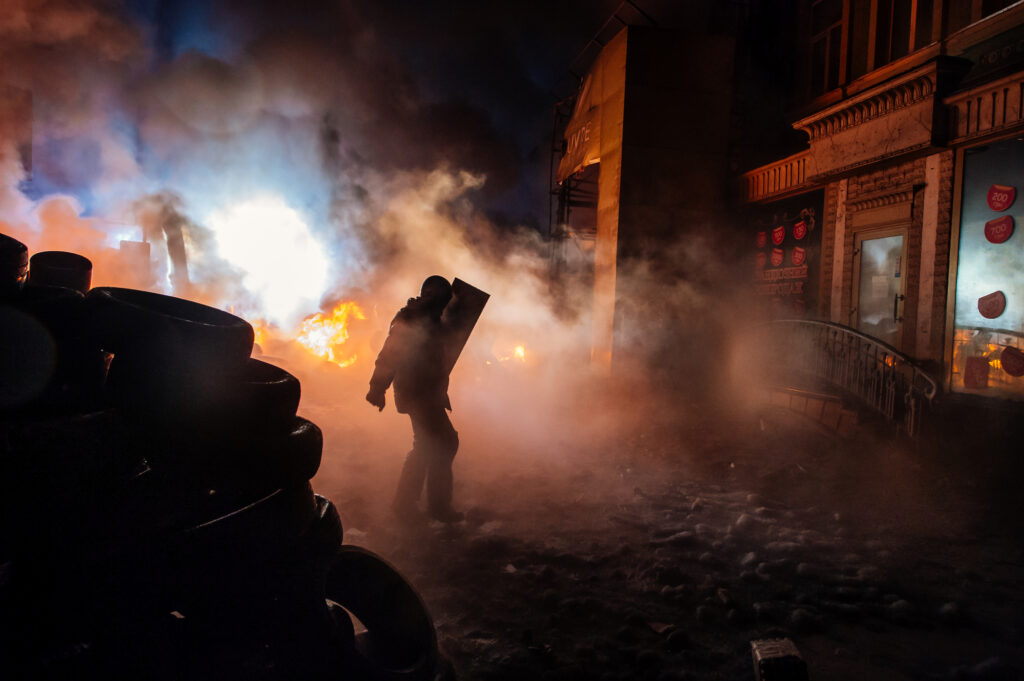
There are two schools of thoughts when it comes to an ideal location for bugging in. A lot of people believe that a very isolated area, or at least an area far outside of a city, is the ideal location for when SHTF. Some people believe that being in the city would be better because you can form groups of people with different skills, who will work together. There’s also safety in numbers.
A lot of this depends on what type of SHTF scenario is happening. If no food is coming into the city, food is going to run out pretty quickly. Most grocery stores have a 3-day inventory of food – under the best of circumstances. In a grid-down situation, panicked mobs will over-run stores and they’ll be picked clean in hours.
And, without power, there is no running water. My personal belief is that a big city is a bad place to be in an SHTF scenario.
There are disadvantages to being in a very isolated area, too. There’s no-one to come help you if you get sick, if you get injured, if your crops fail, if your livestock is eaten by coyotes. You’re also vulnerable if a large mob of people comes out of the city and wants to take over your homestead.
An ideal location would be one where you are at least a couple of hours away from a large city, and where a bunch of other like-minded families live and will provide a MAG – that’s prepper-talk for a mutual assistance group. If you live in a place like that, you’re golden. If you don’t, but you are willing to relocate, start by joining the preppernet forum, and finding other prepper forums, and doing research into the ideal location for you and your family.
Staying Put: First Steps
Okay, it may be that it’s not possible to move. Let’s assume that you live in a less-than-ideal location and can’t or don’t want to move. Maybe you can’t get your family on board with prepping. Maybe you can’t afford to move, or you can’t move because of your job.
That doesn’t mean you should give up. Any prepping that you do is better than none.
The first thing you need to do is make sure that you don’t tell everyone that you’re prepping. ‘Prepping’ means that you are, among other things, stockpiling food and water and ammo and medicine – things that will be priceless if everything falls apart. Do you want to announce to everyone that you’re the house with all the food, when they failed to prepare beforehand and are now literally watching their family starve to death?
I didn’t think so.
You need to be very, very strategic about who you tell that you are prepping – if you tell anyone at all. There’s really no reason to.
Aside from making sure that you and your family don’t tell people that you are prepping, you’re going to want to be careful not to make it obvious that you’re purchasing a lot of non-perishable food. Rather than having stacks and stacks of boxes show up on your porch, you’d be better off getting it delivered to a p.o. box, pick it up in your car, drive the car into your garage, and unload your food supplies away from prying eyes.
When people come over to visit, you don’t need them to see stacks and stacks of food everywhere in your house, either. You can put it in closets, in big plastic tubs in your garage, under beds and in dressers to keep it private.
The same goes with weapons and ammo. Visitors to your home don’t need to see your big gun safe and get the idea that you have a lot of pew-pews. If you can set up an area in your house, like a guest room, where you keep your extra supplies, and the area is closed off to visitors, you’re better off.
Security
To start out, do a security assessment of your house and your property.
Walk around the exterior of your house, and think like a burglar. Survey your entire property, and think like a starving family or group of families who want to break into the house.
Do not assume that you will have electricity to power your security cameras.
Think like the enemy – and in a post-SHTF world, the enemy is the desperate, starving people who want your supplies. How would you break in, if you were a burglar?
Are there ornamental hedges around the house that would provide you with cover as you approach the house?
If so, they should be removed.
Replacing ornamental hedges with ‘security hedges’ around the exterior of your house could be an absolute lifesaver – that means thorny hedges which serve as barriers to keep the bad guys out.
Even better, plant edible “security fences” along the inside of a fence around your house – raspberries, blackberries and loganberries are viciously thorny and grow delicious fruit.
Strengthen all potential entry points. Windows and doors should be reinforced now, while you can still go to the hardware store to buy supplies, or hire professionals to do so.

Replacing your doors, or at least making them harder to kick in, is a worth-while investment. Does your door have lovely stained glass? Super easy for bad guys to shatter. Consider replacing the door with a steal door.
Do you have nice sliding doors that lead to your back yard? That’s basically an invitation to criminals.
Replace the glass with shatter proof glass, or apply security window film. Add in a security bar which prevents criminals from sliding the door open, for added security.
For your door, ideally, you would purchase a steel door for every entry door for the house, and reinforce your door frames as well. Yes, unfortunately, that would be an expensive undertaking. At the very least, replace your current screws with 3 to 4 inch screws for the hinges and latch plate. Make sure you have the highest rated deadbolt – a Grade 1 deadbolt lock, and add in a door brace.
Next, you’d want to look at purchasing bullet-proof windows, and having a room in your house that is resistant to bullets. Bullets can go right through wood and plaster, so if only your windows are bullet-proof, you don’t have sufficient protection. If you can’t afford bullet-proof windows, you can also put window security film on them to make them harder to shatter, and you can add in privacy film so people can’t look through to see if anyone is home and they can’t see what you have in the house that might be worth stealing. You can buy better window locks, or purchase window bars to prevent burglars from sliding open your window.
Fireproof your house
So you’ve made your house as secure as you can afford to. What if someone set the woods on fire so that they could drive you and your family from your home? You need to create a firebreak for your house and make sure you have cleared all brush at least 30 feet from the house. If you can afford to, replace your roofing with fire-resistant roofing.
Emergency Lighting
When the grid goes down, the lights turn off.
You will want to start building up your supplies of emergency lighting sources now. You need matches, lanterns, lamp oil, flashlights, rechargeable batteries, and long-burning candles. A hand-crank generator can recharge those rechargeable batteries.
Now, you may not want to advertise to the outside world that there’s anyone home, or that you have lights on. At night, when you use your lanterns or flashlights or candles, you should make sure that you have blackout curtains on your windows, and the curtains are drawn shut. The sight of flickering lights through a window could be a dangerous invitation to burglars.
Alarm Systems
Having dogs who bark when strangers approach, is better than any alarm system, in an SHTF scenario. That means you need to store enough food and water to keep them alive, and if this is TEOTWAWKI, you are going to want to have at least a couple of female dogs that you can breed, along with a non-related male dog, because you likely won’t be able to go to a breeder to purchase new dogs. Dog food only lasts so long before it spoils, so you will need to have meat rabbits and meat chickens to provide food for your dogs as well as yourself.
Do you have a garden? Do you have chickens, rabbits, goats, sheep, ducks? Are the garden and livestock close to your house? The closer they are, the safer it is. If you have to walk across a meadow to get to your livestock or garden, and it’s a grid-down societal collapse situation, what is your plan to get there and back safely? Are there upper rooms in your house where you can look out with your binoculars to scan the area and make sure it’s safe to go outside?
Can you move the garden and livestock closer to your house?
Supplies To Stockpile
Food
Make a list of all the people in the house. Write down how much each person eats per day. Do that over the course of several days, so you have an accurate count.
You need at least 90 times that amount, for each person, to equal a 3 month food supply. The food needs to be non-perishable. Don’t just buy cans of beans, though, especially if your family hates beans. You want to buy food that your family actually likes and would be willing to eat.
You’re also going to need to learn how to get your kitchen ready for a grid-down scenario. You’ll need a way to cook without electricity, and depending on how dangerous things have gotten, you may need to have a way to cook indoors safely. That means you’ll need the kind of camp stoves that are rated safe to cook with indoors, and do not give off carbon monoxide fumes.
Garden Supplies
You need to learn how to garden if you want to survive long-term. Your food supplies will run out eventually.
You need tools to garden with – rakes, hoes, shovels, clippers, hand trowels, wheelbarrow, buckets, watering cans, garden hoses if you are lucky enough to have running water, and large pruning shears, are among the very basic essentials.
You will want to make sure that you have sufficient water supply to water that garden. You can start seedlings indoors if you have a south-facing window. You’re going to need to learn how to save vegetable seeds from your crops, so you can plant next year. Again, life will be much safer and better if you have neighbors who you can depend on for mutual aid and assistance. You can trade food from your garden with them, so you’ll all have a decent variety of fresh crops.
Water
Making sure that you, your family, your pets and your livestock have access to water in an SHTF scenario is going to be crucial to your survival. You need a minimum of one gallon of water, per person, per day, for drinking. You need more water for washing clothing, washing faces and hands, brushing teeth. Three gallons a day per person would be ideal.
You can and should have emergency water supplies in your home, preferably several hundred gallons stored in long-term storage containers and easily accessible. That’s only about a month’s supply for a family of four, though. People can only survive for about three days without water – and it’s not going to be a pleasant three days.
To truly prep your home for long-term survival, you need to have ongoing access to water supplies. You need to be living on a property with a well that does not depend on electricity, or a property bordering a stream.
Medication
Stock up on as much medication as you can legally obtain. Take advanced first aid classes and have your family members do the same. Have a well-stocked first-aid closet, with adhesive bandages, wound wash, elastic wrap bandages, butterfly bandages, hydrogen peroxide, cotton balls, alcohol, mercury thermometers so you don’t have to worry about batteries, fever reducers, disinfectant, anti-diarrheal medication, pain relievers, disposable gloves, benadryl, superglue which can seal cuts, and combine pads.
Sanitation
Once the power goes, sewage treatment plants will stop working. Being on a septic system is helpful, but septic tanks need to be emptied every few years. If you have a septic tank, it would be smart to stay on top of getting that emptied as frequently as you can afford.
If you are on city sewer, check to see if you have a back water valve, (consult a plumber if you don’t know what to look for), and if you don’t, get one installed. That will prevent sewage from backing up into your house and making it unliveable.
So where will you and your family go to the bathroom? Having an outhouse would be a good idea, but it may not always be safe to venture outside of your house, and sometimes the weather may not be conducive to leaving the house. You’re also not going to want to go to the outhouse in the middle of the night.
You should stock up on at least a few camping toilets, and toilet liners, but you will need somewhere to empty that waste outside of the house. You’re going to need to dig a ditch, far from any drinking water. Once that ditch is filled, you’re going to need to dig another one.
Sorry – life after TEOTWAWKI is going to require some hard physical labor!
You can also buy composting toilets, which do not need to be flushed. They need to be emptied frequently, generally at least monthly.
Clothing
Clothing and shoes – two things that we have access to now, and that I don’t see discussed a lot on prepper forums.
In a widespread national disaster, we have no way of knowing if it will become safe to leave our house again. New government may form, either local or national, or things might remain in chaos. Right now it’s so easy to drive to the mall or the big box outlet store or the local clothing shop, or the consignment shop, or the shoe shop, and buy whatever we need.
To prep for a very lengthy or permanent grid down situation, you should make sure that you have multiple pairs of comfortable, practical shoes and socks that fit, for both warm and cold weather. The same goes for clothing.
If you have children, they will outgrow their clothing and shoes. What will you do when SHTF goes by, they’ve outgrown everything, but they’re not old enough to wear your clothes yet? To truly prepare, you’d want a stash of clothes for each age up until adulthood, and the same for shoes and socks.
You don’t have to spend a fortune on the extra clothing and shoes. When the apocalypse hits, nobody is going to judge you on your fashion sense. You can buy outfits at a thrift store, build up your stash over time, and store in secure bins that are not accessible to moths or mice.
You should also have everyone in the family learn basic clothing repair, and have a good stash of sewing supplies.
Home Defense
When electricity goes out, a good option for security lighting is solar-powered, motion detector security lights. Night-vision goggles can give you an advantage over any potential intruders.
And you have to be prepared to defend your house against intruders, by any means necessary, in a long-term SHTF scenario, because the police aren’t coming.
You need to start visiting a gun range on a regular basis so you can get comfortable with safely and accurately firing a weapon. Talking nicely to the starving neighbors who failed to prep is not going to work. You will also want to make sure that as many people in your family as possible – everyone who is old enough – know how to safely and accurately fire a weapon.
And you should be adding to your supplies of pew-pews and freedom seeds every month. You can go through a lot of ammo at the range. You want to end every single month with more ammo then when you started, not less, until you get to the point where you have a comfortable supply.
You also should make sure that you clean and maintain your weapons so that they don’t fail you at a crucial moment.
Learn To Hunt
And finally, if you’ve never gone hunting, now is the time to start.
Your best bet is hunting with friends. Ask around, find out if anyone you are friendly with likes to hunt, and let them know you’re interested in learning. If you can’t find anyone to hunt with, go on the internet and search for terms like “hunting classes near me” and “bushcraft classes near me” and “outdoor survival classes near me” or “hunting classes (name of your state)”.
You will need to take a hunter’s education class so you can get a license.
Learn how to hunt, and how to dress a deer or any other wildlife that you catch, so that you don’t face starvation when SHTF and you’ve run through your food supplies.

